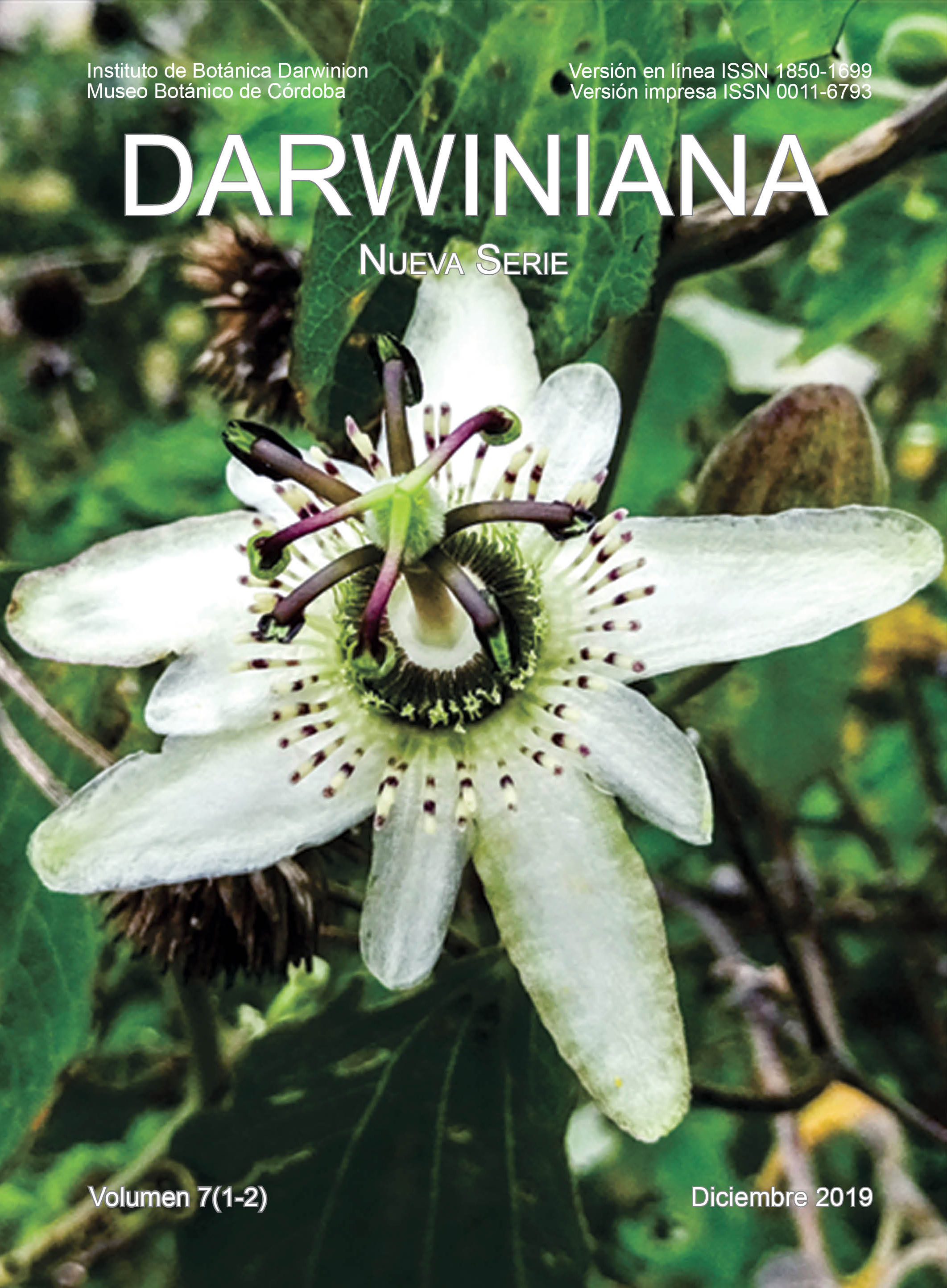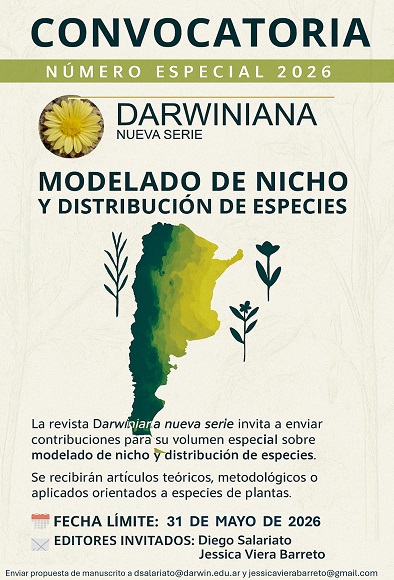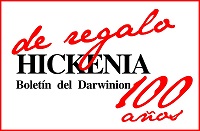Identificación macro y microscópica de granos de Zea mays (Poaceae) en contextos prehispánicos tempranos de la Quebrada de Los Corrales (Tucumán, Argentina)
DOI:
https://doi.org/10.14522/darwiniana.2019.71.806Palabras clave:
Macrorrestos arqueobotánicos, maíz prehispánico, microrrestos arqueobotánicos, Quebrada de Los Corrales, TucumánResumen
En el presente trabajo damos a conocer el hallazgo de macrorrestos carbonizados de granos de Zea mays procedentes de contextos tempranos (ca. 3500 años AP) del sitio arqueológico Taller Puesto Viejo 1, en la Quebrada de Los Corrales (Tucumán, Argentina). Para la identificación se implementó un análisis combinado de caracteres diagnósticos tanto macroscópicos (textura, estructura y patrón de fracturación) como microscópicos (gránulos de almidón y fitolitos). Esta metodología permitió identificar nueve fragmentos de maíz carbonizados que, a nivel microscópico, poseen numerosos gránulos de almidón y algunos fitolitos diagnósticos del taxón. Se evalúan las implicancias de este hallazgo en el contexto mortuorio en que fueron recuperados y en el contexto general de evidencias del maíz temprano de Argentina y Chile.
Descargas
Publicado
Cómo citar
Número
Sección
Licencia

A partir de 2012, esta obra está licenciada bajo una Licencia Creative Commons Atribución-NoComercial 2.5 Argentina .
Cualquier obra derivada deberá estar previamente autorizada con nota escrita de los editores.








